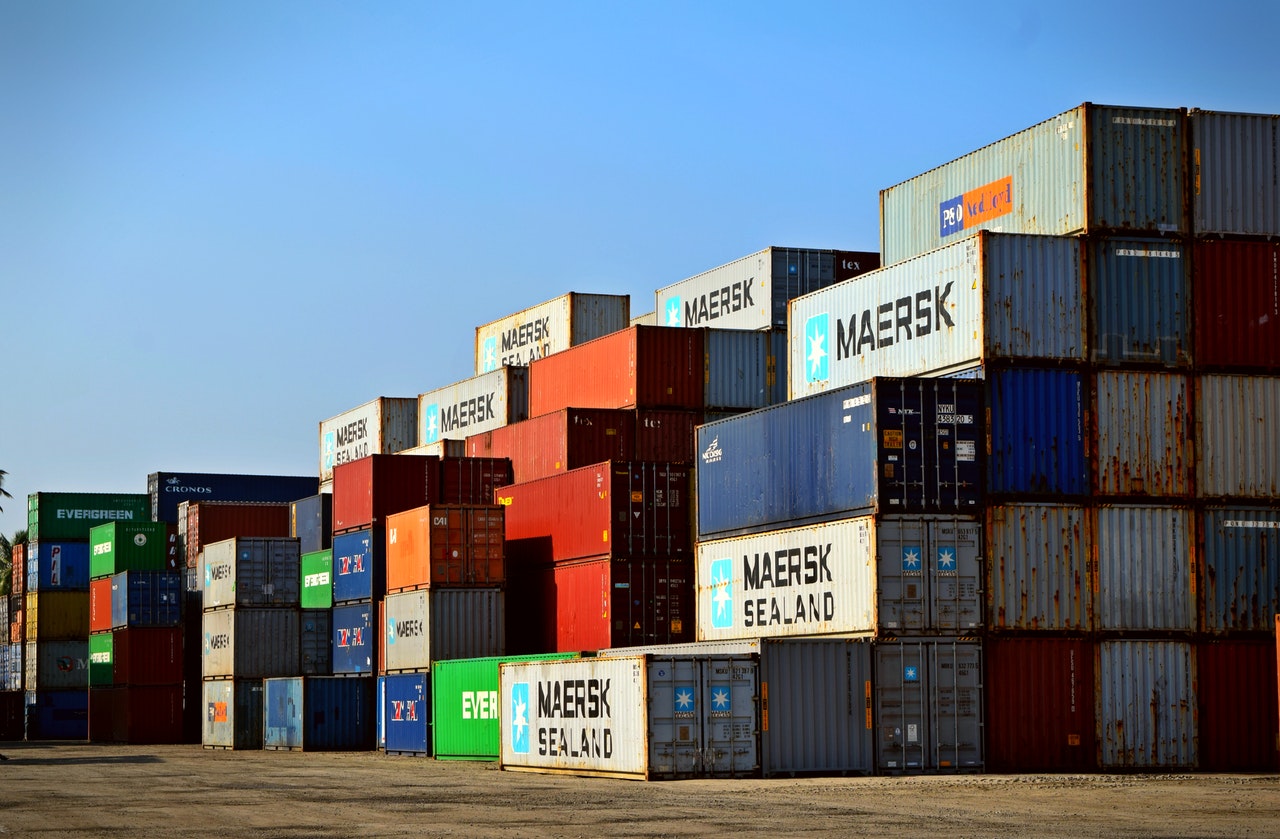From new cars to lumber to consumer goods — nearly every sector of the economy continues to be impacted by product shortages that emerged during the COVID-19 pandemic.
But as restrictions lessen and the world heads toward a full reopening, why are some items still so hard to find?
“Well, it’s interesting. And as they say in the South, it’s a mess,” said Dr. Carol Cagle, associate professor of management science at Mercer University’s Stetson-Hatcher School of Business.

“While we’re still feeling the effects of the pandemic, which did basically act as a catalyst in many regards, we have other factors that are going on that are not pandemic related that are affecting the supply chain.”
A supply chain is a network of all the manufacturers, service providers, distribution providers and retailers needed to deliver a product to consumers.
“It involves everything from inputs, including materials, labor and money, and all that flows from one end of the supply chain all the way to the other end of it,” Dr. Cagle said.
Before the pandemic, supply chains were very efficient, using methodologies and technology to deliver goods and services “just in time,” she said.
“When the pandemic struck, or when it came into full bloom as I would call it, the ‘just in time’ approach did not work well. It fell apart, and that created a whole cascade of other problems,” she said.
Take for example, the semiconductor, or chip, industry.
Dr. Cagle explained: Because people were locked down or working from home, demand for new cars dropped, causing a shift away from automobile chip manufacturing to consumer electronic chips, resulting in reduced capacity for automobile supply chains.
In the background, U.S. chip manufacturers have dropped over the years, and many of the chip manufacturers have consolidated, leaving only a few major players in the industry.
As the country began to reopen, demand increased for new cars. But the supply chain for manufacturing chips in general is very slow, taking about six months or more from beginning to end.
“You don’t turn an industry like that on a dime,” Dr. Cagle said. “That itself is a huge problem.
“So, you had this shift in demand. You also had labor shortages and material shortages that were being created.”
People were locked down and not driving to work. Global borders were tighter, making it harder to move people and materials between countries. This caused manufacturers to close or reduce capacity of some facilities, “and you can’t just ramp that back up overnight,” Dr. Cagle said.
In addition to the effects of the pandemic, the country experienced some natural disasters, which would have occurred regardless of the pandemic, she said.
Wildfires affected forests that were used to produce lumber, contributing to the lumber shortage. So, lumber mills rolled back their capacity. This increased the price of lumber, which increased the price of construction. And when construction costs are high, people and businesses will factor that into their decision of whether to proceed with a building project, Dr. Cagle said.
“It’s not a simple problem,” she said.
In addition, when Hurricane Ida hit New Orleans, gas and oil refineries were knocked offline, affecting supply chains in need of those fuels.
And while raw materials can be hard to come by, labor is an issue as well.
Over time, supply chains began to rely on the performance of key individuals with specific skills, Dr. Cagle said. But there’s an increasing demand for higher pay, and many of those people are not coming back or are considering other roles in their industry.
Companies are investing in more technology to offset labor loss and increasing inventory to offset decreased efficiency that comes with labor loss. But there’s a shortage of space to store the increased inventory.
Ports are backing up, and dozens of container ships are anchored because they can’t unload. Not only is there not enough storage space or berths, but there aren’t enough specialized trucks to transport the cargo. In addition, many of the ships, including the mega tankers, were taken offline during the pandemic. Mega tankers cannot be accommodated by all ports due to their size. As demand resumes, the number of smaller ships is also increasing, adding to the congestion entering the ports.
Combined, all of this means increased costs and product delays for businesses and consumers.
Some supply chain issues — like increasing production capacity for chips — will be around for a while. Ports also are working on increasing capacity. But others, like labor shortages, Dr. Cagle expects businesses to solve sooner rather than later.
“I believe that in the next year and half to two years it will start to smooth out,” she said. “But I think we’re going to feel some of these effects for a long time.”










